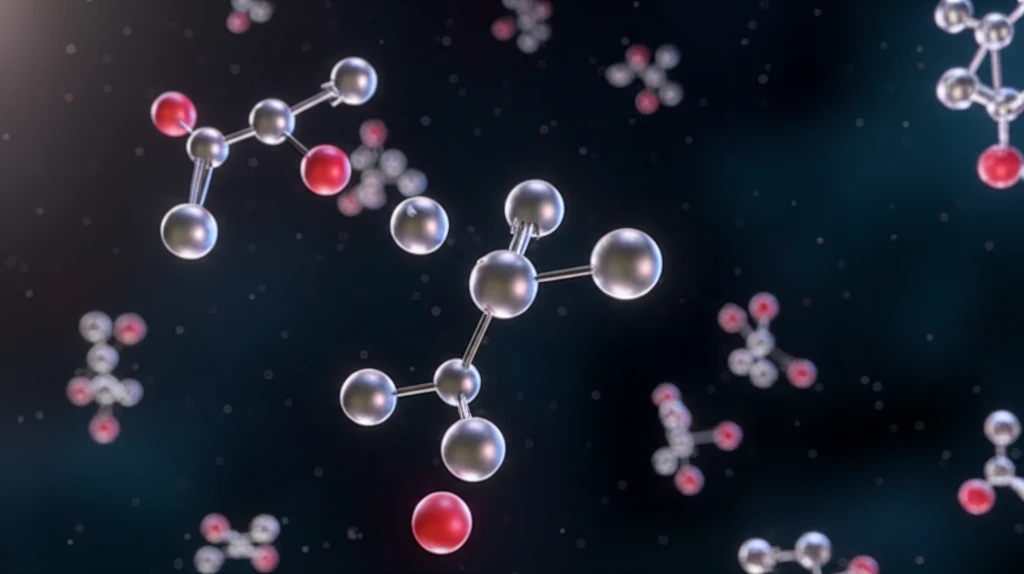
Alkyl Carbon-Carbon Bonds: The Future of Sustainable Chemistry?
"Discover how nickel and photoredox catalysis are revolutionizing carbon-carbon bond formation, paving the way for greener and more efficient chemical processes."
In the realm of modern organic synthesis, the creation of carbon-carbon bonds stands as a pivotal process, essential for assembling complex molecular structures with precision and efficiency. Scientists have long sought methods to forge these bonds in a controlled manner, leading to the development of techniques such as palladium-catalyzed cross-couplings, ruthenium-mediated olefin-metathesis, and C-H functionalization.
Among these transformations, the formation of carbon-carbon bonds at sp³-hybridized centers holds particular significance, offering a gateway to three-dimensional architectures. However, achieving this type of bond formation has often presented challenges, particularly in complex molecular environments. Traditional methods often require harsh conditions or pre-activation of coupling partners, limiting functional group compatibility.
Enter photoredox catalysis, a groundbreaking approach that harnesses visible light to drive chemical reactions under mild conditions. By employing a photoexcitable catalyst, this technique enables the generation of reactive C(sp³)-hybridized radicals in a regulated manner, opening new avenues for carbon-carbon bond formation. The convergence of photoredox and nickel catalysis has sparked a renaissance in radical chemistry and nickel-catalyzed transformations, addressing the long-standing challenge of cross-coupling functionalized alkyl fragments.
Nickel/Photoredox Catalysis: A New Frontier in Carbon-Carbon Bond Formation

The recent surge in interest surrounding the use of nickel in carbon-carbon bond formation stems from its ability to overcome limitations associated with traditional cross-coupling methods. By combining nickel catalysis with photoredox principles, chemists have discovered that photocatalytically generated alkyl radicals can be readily captured by nickel complexes, leading to the realization of entirely new feedstocks for cross-coupling reactions.
- Mild Conditions: Enables reactions under gentle conditions, minimizing damage to sensitive functional groups.
- Broad Functional Group Tolerance: Compatible with a wide range of chemical functionalities, expanding the scope of potential reactions.
- Novel Feedstocks: Allows the use of previously inaccessible starting materials for cross-coupling reactions.
- Enhanced Control: Provides precise control over radical generation and reactivity, leading to more selective transformations.
- Sustainable Approach: Utilizes visible light as an energy source, promoting greener and more sustainable chemical processes.
The Future of Carbon-Carbon Bond Formation
The rapid development and adoption of nickel/photoredox dual catalysis underscore its transformative potential in organic synthesis. By providing access to previously unattainable bond disconnections, this method empowers chemists to design more efficient and sustainable routes to complex molecules. Continued research efforts focused on expanding the scope of radical precursors, developing general protocols for tertiary centers, achieving enantioselective cross-couplings, and refining alkyl-alkyl couplings will undoubtedly solidify the impact of this burgeoning field.
